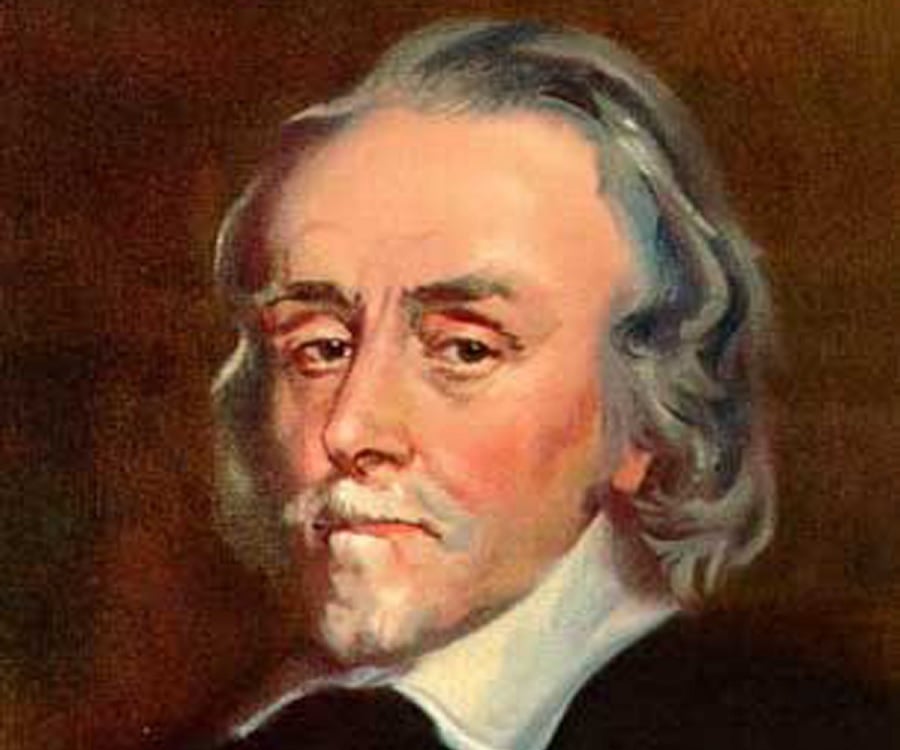The Evolution of Cardiovascular Physiology
The understanding of cardiovascular physiology has evolved significantly over centuries. Early theories were often based on assumptions, but thanks to the contributions of scientists like Galen and William Harvey along with those who paved the way for them, we now have a far deeper comprehension of how the heart and circulatory system functions (but gaps remain, leaving room for future generations to expand upon this knowledge).
Early Discoveries and Misconceptions
Before Galen, several key figures laid the groundwork for cardiovascular science:
- Hippocrates (c. 460–370 BC), known as the Father of Medicine, emphasized observation in medical practice
- Aristotle (384–322 BC) believed the heart was the central organ of physiological function.
- Praxagoras (340 BC) distinguished between veins and arteries, proposing that arteries carried pneuma (a vital spirit) from the heart, while veins transported blood from the liver.
- Herophilus (3rd century BC) noted structural differences, observing that arteries had thicker walls than veins (except in the lungs).
- Erasistratus (3rd century BC) considered the heart the origin of both veins and arteries but mistakenly believed arteries contained only air. These early theories, though sometimes incorrect, provided a foundation for further research. However, some misconceptions led to long standing biases in medical understanding.
Galen’s Contributions
As a nutritionist, Galen theorized that blood movement was tied to the body’s nutritional processes absorption, retention, and expulsion of waste. While his ideas were groundbreaking for his time, some were later proven incorrect. Nevertheless, his work led to therapeutic practices like venesection (bloodletting), heat therapy, and targeted massages to balance bodily humors.
The idea that the skin "breathed.": In ancient physiology, it was thought that the skin played an important part in respiration that it could "breathe" by absorbing air or exhaling vapors. This concept was based in Galenic medicine, where the body was supposed to balance various humors and vapors, and the skin served as a kind of porous organ through which these exchanges occurred. William Harvey's investigations of blood circulation indicated that the lungs, not the skin, were principally responsible for gas exchange. He demonstrated that blood is circulated to the lungs via the pulmonary artery and oxygenated before returning to the heart, which called into question the concept that the skin had a direct part in breathing.
The notion that the right ventricle only nourished the lungs: Galen and others believed that the right ventricle of the heart delivered blood to the lungs only to "nourish" them, effectively feeding the lung tissue with blood, rather than participating in a larger circulatory process. Harvey demonstrated that the right ventricle sends deoxygenated blood to the lungs, where it absorbs oxygen and expels carbon dioxide before returning to the left side of the heart. This demonstrated that the pulmonary circuit was part of a continuous loop rather than a side function of lung feeding.
claim that blood passed between heart ventricles through invisible pores: Galen believed that blood traveled from the right to the left ventricle of the heart through small, unseen pores in the interventricular septum (the wall dividing the two chambers), because he could not observe the pulmonary circulation as we know it today. Harvey's anatomical investigations and experimentation (including dissections and blood flow calculations) revealed no evidence of these pores. Instead, he established that blood goes from the right ventricle to the lungs before returning to the left ventricle, disproving the concept of straight ventricular transfer. His insight served as the foundation for Marcello Malpighi's later discovery of capillaries
The belief that the left ventricle managed air and "vapors.": It was originally thought that the left ventricle was in charge of processing "spirituous air" or "vapors" produced by combining blood with breathing air. This was consistent with the traditional belief of "vital spirits," which were believed to be created in the heart and then spread throughout the body to animate it. Harvey's circulatory model redefined the left ventricle's role. He demonstrated that it circulates oxygen-rich blood (originating in the lungs) throughout the body, rather than managing air or vapor as part of a closed-loop system. He replaced metaphysical concepts such as spirits and vapors with visible, mechanical processes developed through experimentation.
Galen’s work, though imperfect, laid the foundation for early medical treatments. Harvey’s discoveries, however, revolutionized medicine by emphasizing empirical evidence and systematic experimentation. His principles underpin modern diagnostics, from blood pressure monitoring to advanced imaging techniques.


